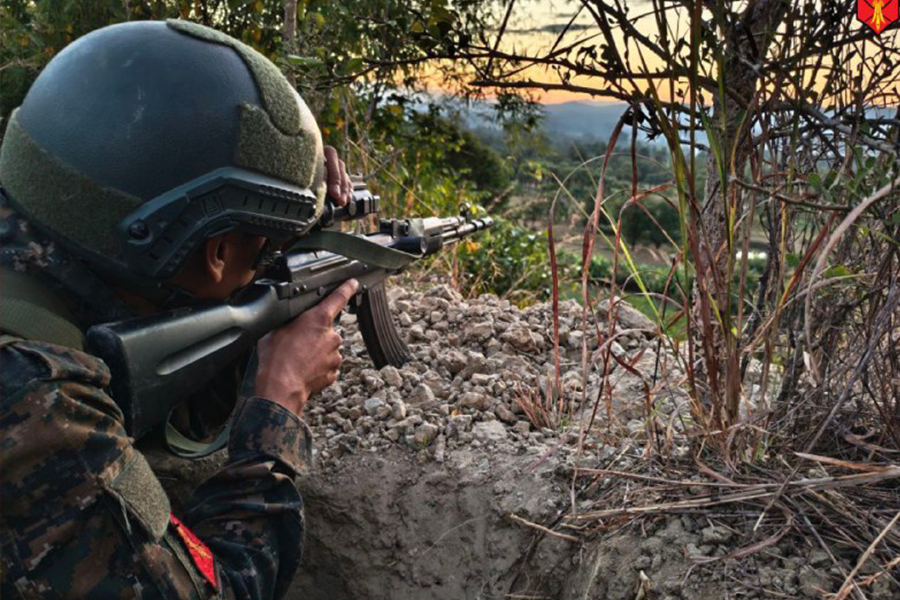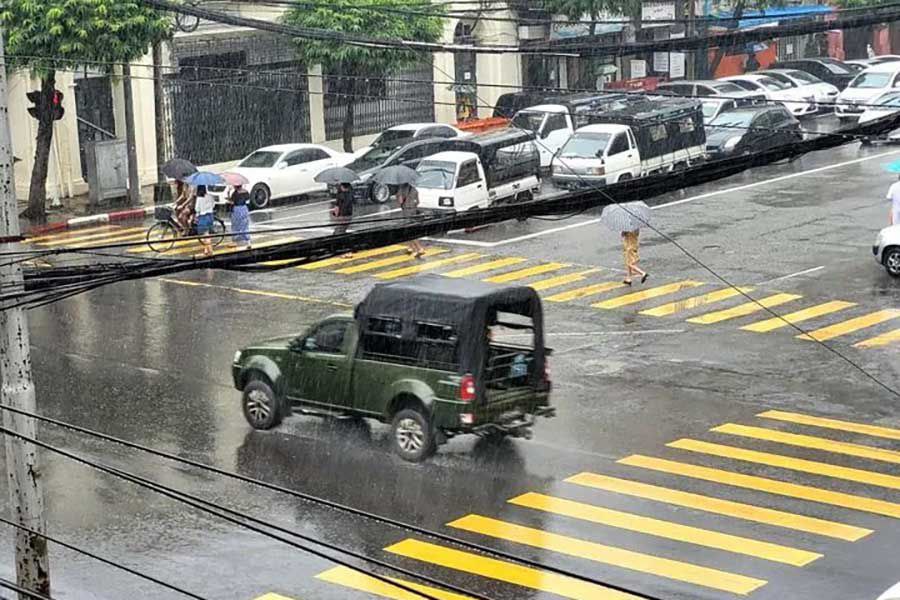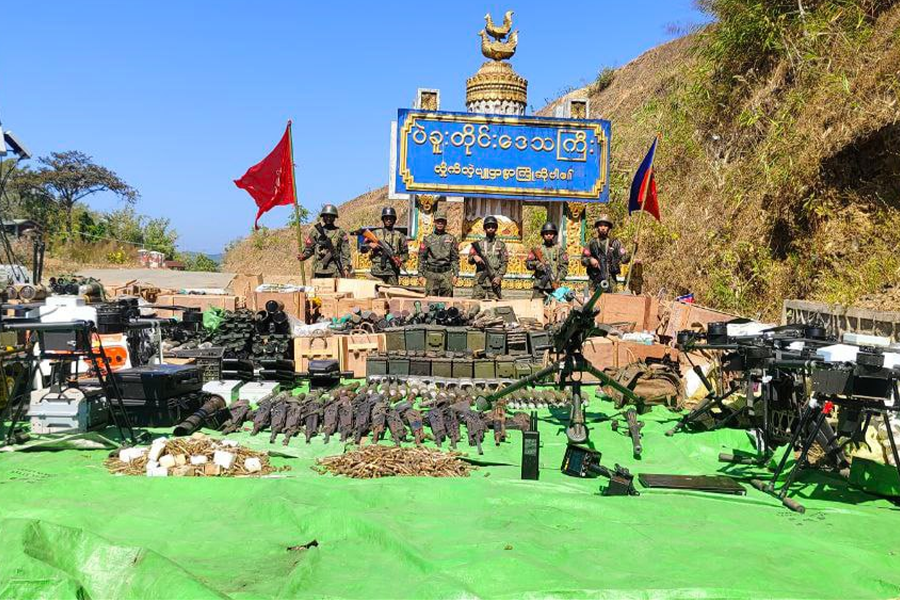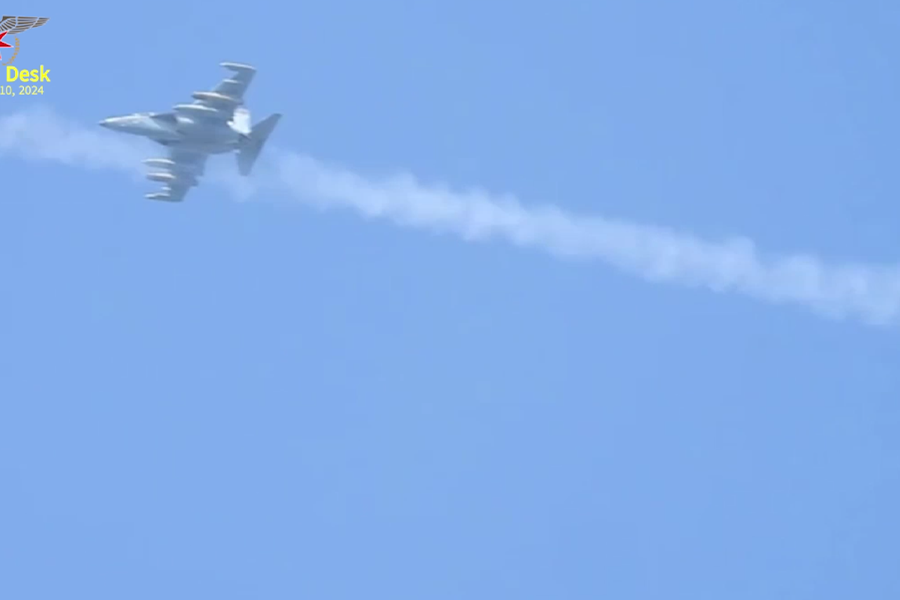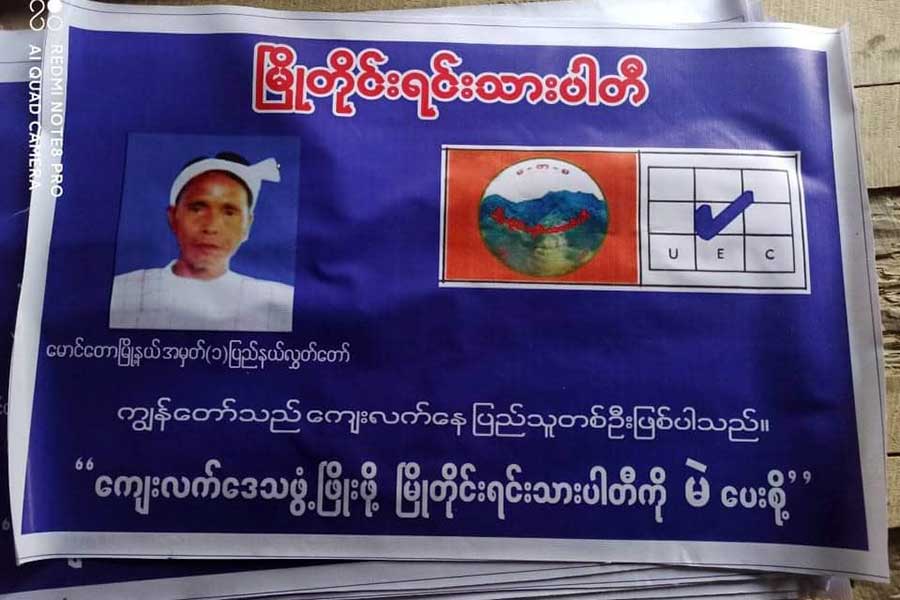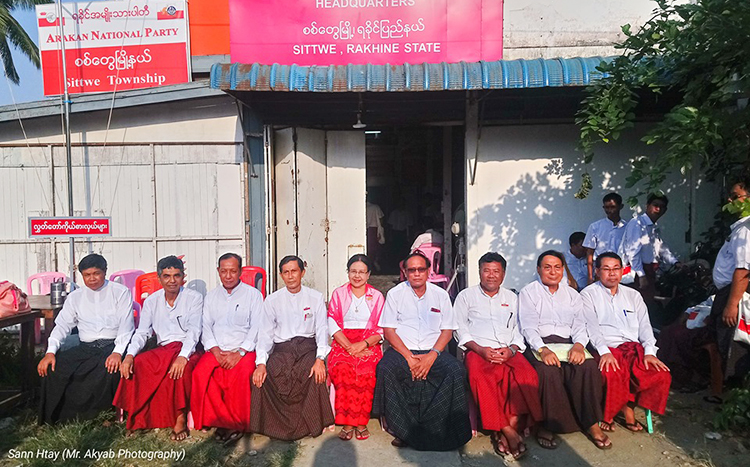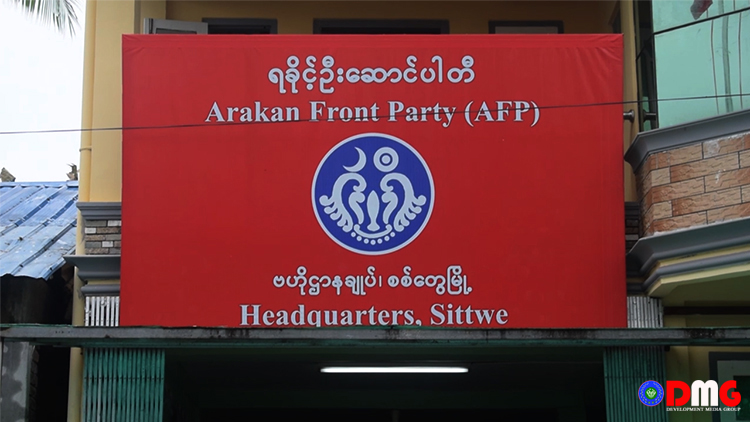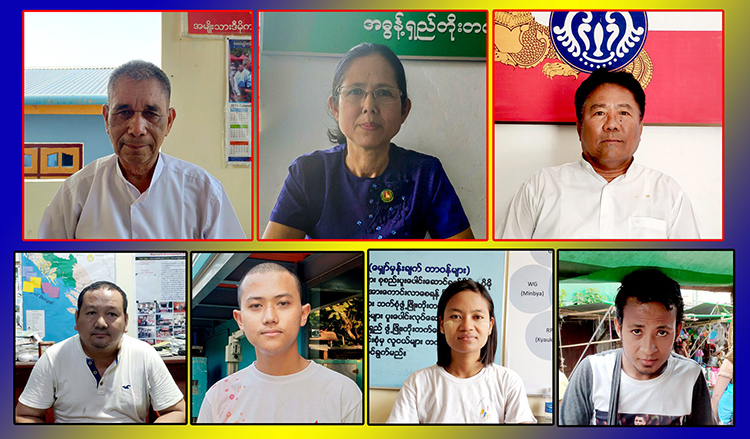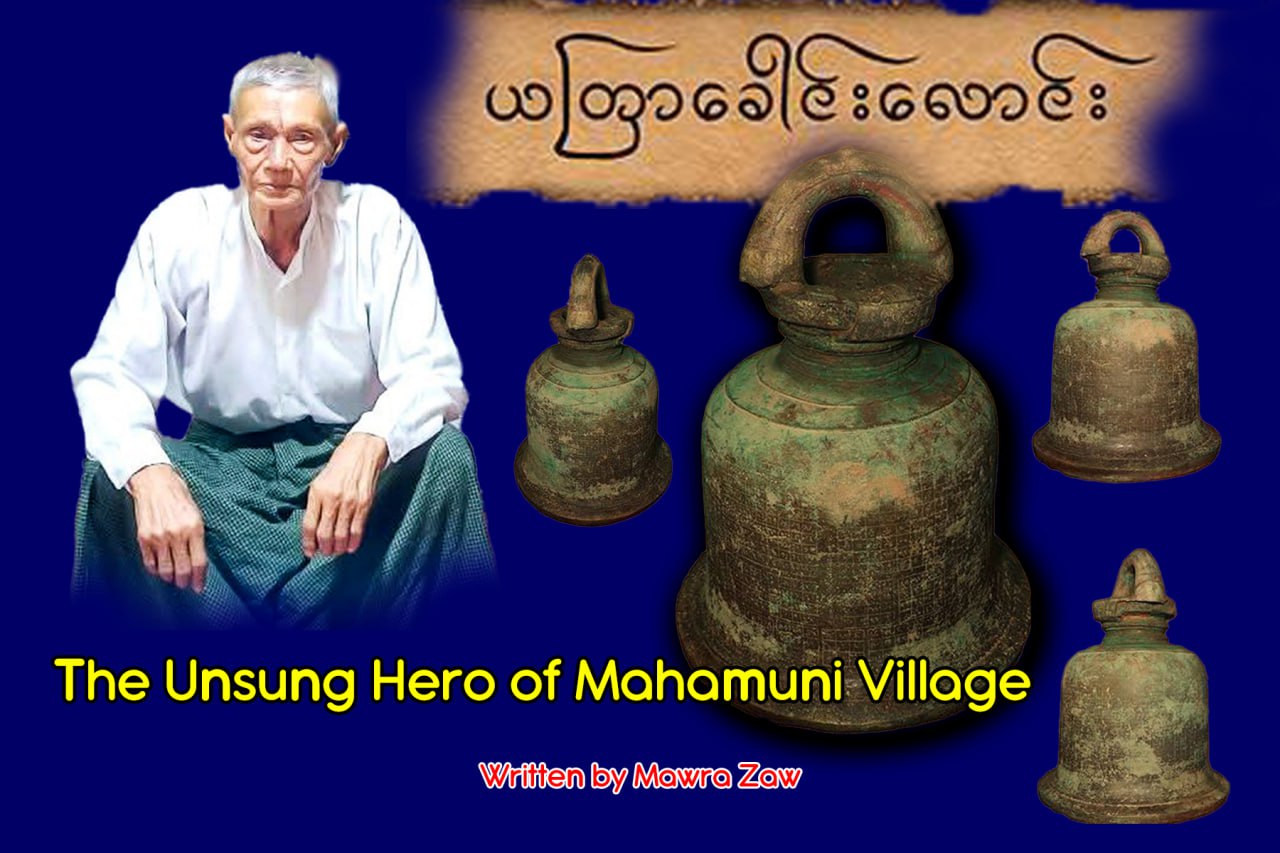- Junta unable to hold elections in dozens of wards and village-tracts in Sittwe, Kyaukphyu
- Fighting escalates between Myanmar military, Arakan Army in Ayeyarwady Region
- Regime steps up civilian arrests in Sittwe
- ULA safeguards Mrauk-U's ancient heritage
- Arakan on the Edge: What the DMG Landmine Impact Report Reveals About Myanmar's Deepening Humanitarian Crisis
EAOs said to control half of Mandalay-Muse trade route
Ethnic armed organizations (EAOs), including the Three Brotherhood Alliance, currently control about 50 percent of the Mandalay-Muse trade route — one of Myanmar’s most important commercial links with China — according to the Institute for Strategy and Policy-Myanmar (ISP-Myanmar).
04 Oct 2025
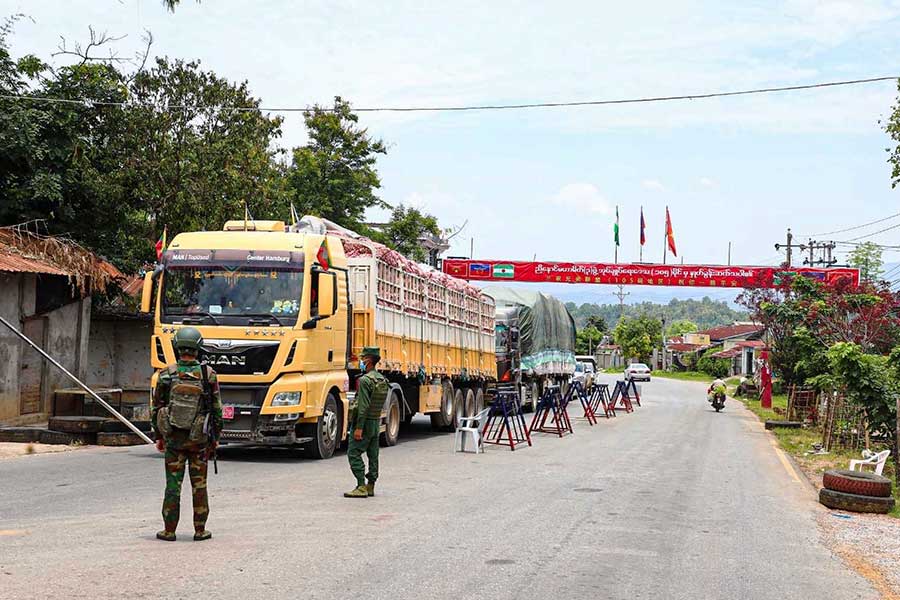
DMG Newsroom
4 October 2025, Muse, Shan State
Ethnic armed organizations (EAOs), including the Three Brotherhood Alliance, currently control about 50 percent of the Mandalay-Muse trade route — one of Myanmar’s most important commercial links with China — according to the Institute for Strategy and Policy-Myanmar (ISP-Myanmar).
According to ISP-Myanmar, the segment between Kyaukme and Hsipaw is held by the Ta’ang National Liberation Army (TNLA) and Shan State Progress Party (SSPP). The stretch between Hsipaw and Lashio is controlled by TNLA, Myanmar National Democratic Alliance Army (MNDAA), and junta troops.
Similarly, the area from Lashio to Theinni (Hseni) is controlled by the MNDAA; from Kutkai to Namhpakka by TNLA; from Namhpakka to the edge of Muse Township by the Kachin Independence Army (KIA); and from Nam Paw Creek Bridge to the 105-Mile border trade hub by the Three Brotherhood Alliance.
As a result, the junta is reportedly struggling to profit from border trade and is suffering economic losses.
“Myanmar’s two main border trade routes are Myawaddy-Thailand and Muse-China. Among them, the Mandalay-Lashio-Muse route is more heavily used. It’s the main gateway for China and also a major source of customs revenue for the junta. But this route has effectively been closed for nearly two years,” said a local resident from northern Shan State who monitors border trade.
The Mandalay-Lashio-Muse highway passes through key towns such as Naungcho, Kyaukme, Hsipaw, Lashio, Theinni, Kutkai, and Muse.
The junta recently retook Kyaukme on 1 October and Naungcho on 16 July. It also retook Lashio, which had previously been seized by the MNDAA, reportedly with Chinese support. Fighting is ongoing as the junta attempts to seize back towns, especially those under TNLA control.
“Essentially, the Mandalay-Muse highway is a Union highway. It is the main channel for trade between Myanmar and China, and militarily, it links the Central Command to the Northeastern Command. That makes it strategically important for both the military and the Three Brotherhood Alliance,” said CDM Colonel Zinyaw.
Analysts note that control of the Mandalay-Muse route would influence not only the whole of northern Shan State but also border trade with China.
“The junta will fight desperately to regain the Mandalay-Muse route, while the Three Brotherhood Alliance is determined to hold it. This highway is key for both sides, because it affects political negotiations and relations with China. It’s strategically important in both military and political terms,” said a northern Shan State resident.
ISP-Myanmar further reported that the junta, with China’s support, is trying to reopen border trade routes and secure ceasefires in line with its planned elections and the 2008 Constitution.
Currently, junta troops are deployed near Maintein village on the Kyaukme-Mogok road, and have reportedly retaken Yadanasingyi village on the Naungcho-Mogok road, according to ISP-Myanmar.




